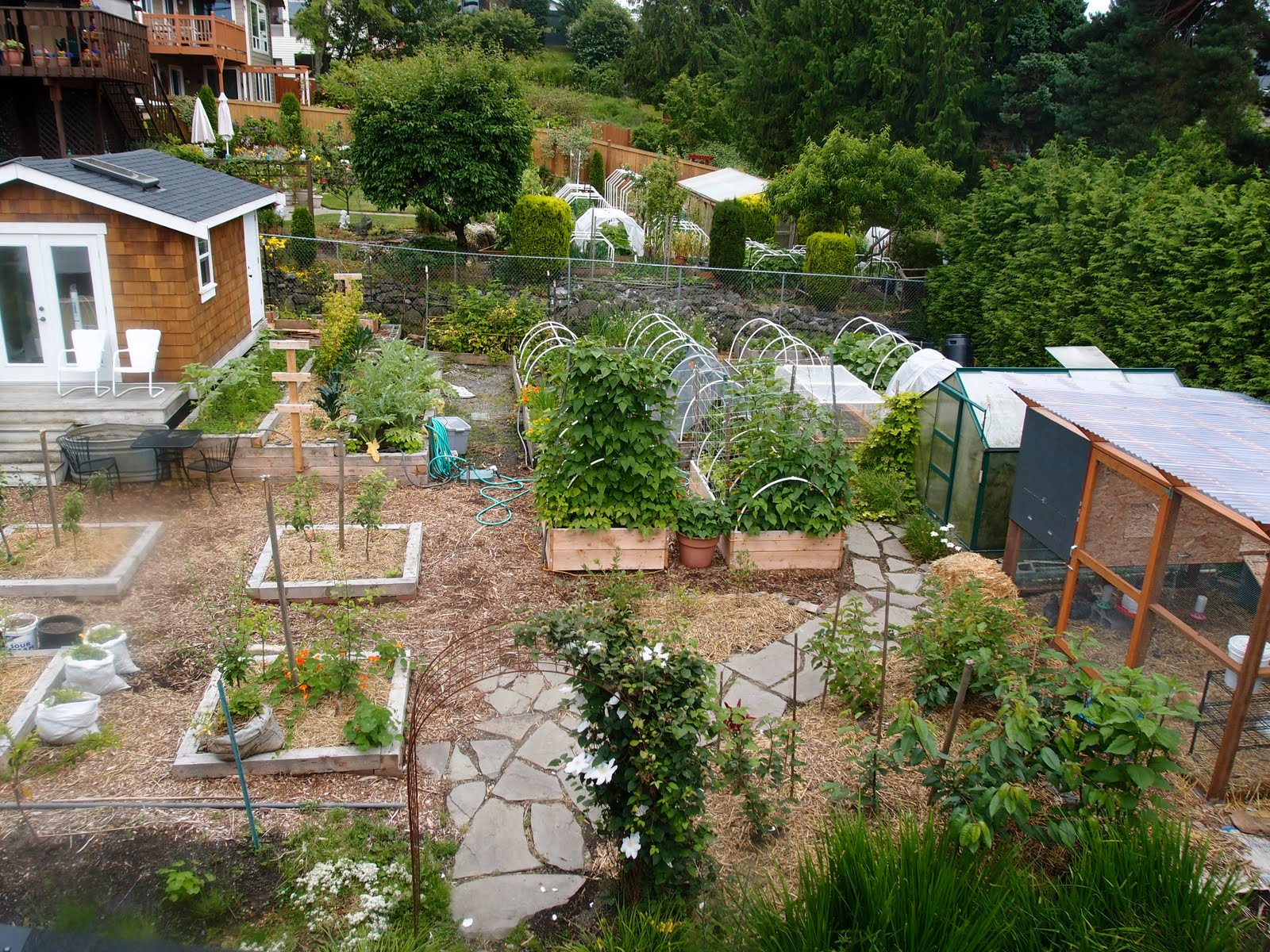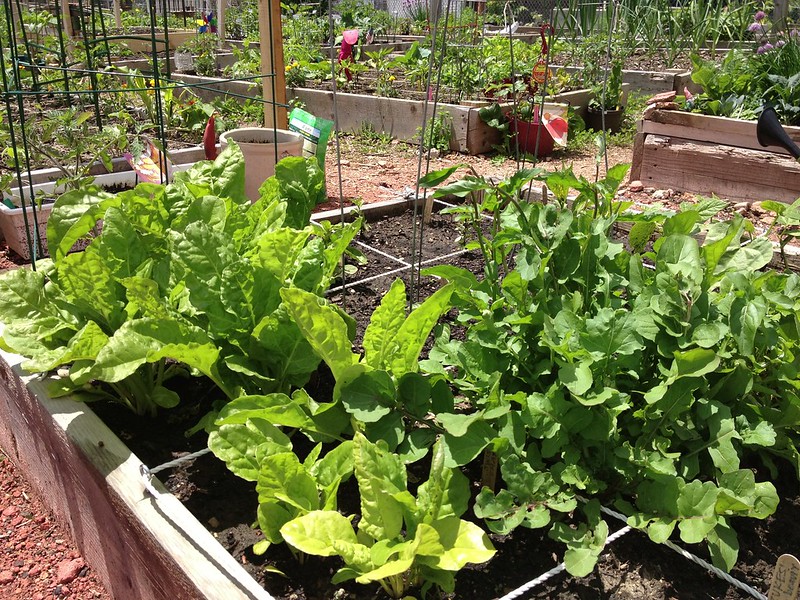Ways to Boost Productivity in Homestead Gardening
Ways to Boost Productivity in Homestead Gardening
Blog Article
Learn How to Cultivate a Flourishing Horticulture Environment for All Ability Levels
Producing a prospering garden is a complex venture that can be accepted by individuals at any kind of skill level. By taking a look at crucial elements such as soil health, ideal plant option, and seasonal treatment routines, one can develop a sustainable gardening technique that generates satisfying results.
Recognizing Your Yard Space
In the realm of horticulture, comprehending your yard space is critical to cultivating a thriving landscape (Homestead Gardening). The initial step in this endeavor entails analyzing the particular attributes of your story. Elements such as dirt composition, sunshine exposure, and drainage play crucial duties in identifying the suitability of your yard for different kinds of plants
Begin by performing a soil examination to examine pH levels and nutrition web content, which will notify any needed modifications. In addition, observe how much sunlight your room receives throughout the day. Various plants have differing light needs; some flourish in full sunlight, while others prefer full or partial color.

Finally, assess the readily available space and strategy appropriately. This consists of considering plant heights and spread out to ensure appropriate room for development without overcrowding. By acquiring a thorough understanding of your yard space, you set the structure for an effective gardening experience.
Selecting the Right Plant Kingdoms
Selecting the right plants for your yard calls for mindful consideration of various factors, including climate, soil conditions, and personal preferences. Start by assessing your local climate, as particular plants thrive specifically temperature varieties and climate patterns. As an example, exotic plants may not endure in colder regions, while hardy perennials can stand up to severe wintertimes.

Consider your personal choices, including visual charm and upkeep degrees. Choose whether you favor dynamic flowers, lavish vegetation, or edible plants. In addition, variable in the time and effort you want to purchase plant treatment, as some selections require even more focus than others.
Finally, think of the garden's layout and light direct exposure. Sunshine patterns throughout the day will affect your selections-- some plants need complete sunlight, while others grow in color. By thoughtfully examining these aspects, you can develop a unified and efficient yard tailored to your setting and preferences.
Crucial Horticulture Tools
A well-equipped gardener can significantly improve their horticulture experience and outcomes. Essential gardening tools are essential to growing a successful garden, despite ability level. First, a strong spade is vital for digging and turning soil, while a trowel permits accurate planting and transplanting of smaller plants.
Pruning shears are important for keeping plant wellness by removing overgrown or dead branches, promoting much better air blood circulation and growth. Additionally, a hand rake works for getting rid of particles and freshening the dirt, ensuring ideal conditions for plant origins.
Gardening handwear covers safeguard hands from chemicals, blisters, and thorns, making them a crucial accessory. A watering can or hose pipe with a flexible nozzle guarantees that plants get sufficient wetness without overwatering.
Last but not least, take into consideration buying a strong wheelbarrow for carrying soil, plants, and devices around the garden efficiently. By constructing a high quality toolkit that consists of these necessary things, gardeners can tackle numerous jobs with self-confidence and ease, leading the method for a prospering gardening setting. Remember, the right tools not only enhance performance but likewise improve the general enjoyment of the gardening procedure.
Soil Prep Work and Maintenance
Quality soil is the foundation of an effective garden, making appropriate preparation and upkeep important for healthy plant growth. Based on the examination results, changes can be made to optimize dirt problems important link for specific plant requirements.
Integrating raw material, such as garden compost or well-rotted manure, is necessary for boosting dirt framework and fertility. This not only boosts nutrition accessibility yet likewise advertises valuable microbial activity. In addition, proper drainage is vital; hefty clay soils may call for the addition of sand or perlite to improve oygenation.
Routine upkeep of soil health and wellness includes mulching, which conserves moisture and subdues weeds. Additionally, rotating plants annually helps stop nutrient exhaustion and resource lowers insect and condition risks. It is additionally crucial to stay clear of over-tilling, which can interfere with soil framework and damage useful organisms.
Ultimately, a consistent dedication to dirt preparation and maintenance will bring about a growing garden, making certain that plants obtain the vital nutrients they require for durable growth and performance.
Seasonal Care and Administration

In spring, concentrate on growing brand-new seeds and seedlings, while also performing soil tests to change nutrient deficiencies. Routinely inspect for illness and insects, as these can proliferate with the warming climate. Summer season demands consistent watering and mulching to preserve moisture, in addition to trimming for far better air circulation.
As fall techniques, it's time to prepare the yard for inactivity. This includes collecting crops, cleaning up particles, and using a layer of mulch to shield plant roots from frost. Take into consideration growing cover crops to improve the soil throughout the winter months.
Finally, winter treatment is critical. Evaluate frameworks like greenhouses for damages and ensure correct insulation for delicate plants. Regularly keep an eye on for pests that may look Going Here for refuge indoors. By adapting your gardening methods to the seasonal cycles, you can cultivate a prospering atmosphere that supports plant health year-round.
Conclusion
In verdict, cultivating an effective yard requires an extensive understanding of vital concepts such as soil make-up, sunshine exposure, and suitable plant option. Regular seasonal treatment and management techniques further enhance plant health and wellness and efficiency.
Choosing the right plants for your yard needs careful consideration of different elements, including environment, soil conditions, and individual preferences. Conduct a soil test to establish pH levels and nutrient content, which will guide you in picking plants that will grow in your yard.Last but not least, take into consideration investing in a durable wheelbarrow for transporting soil, plants, and tools around the garden successfully.Quality dirt is the structure of a successful yard, making correct preparation and upkeep important for healthy and balanced plant development. Homestead Gardening.In final thought, growing a successful garden needs a comprehensive understanding of important principles such as soil structure, sunshine direct exposure, and appropriate plant selection
Report this page